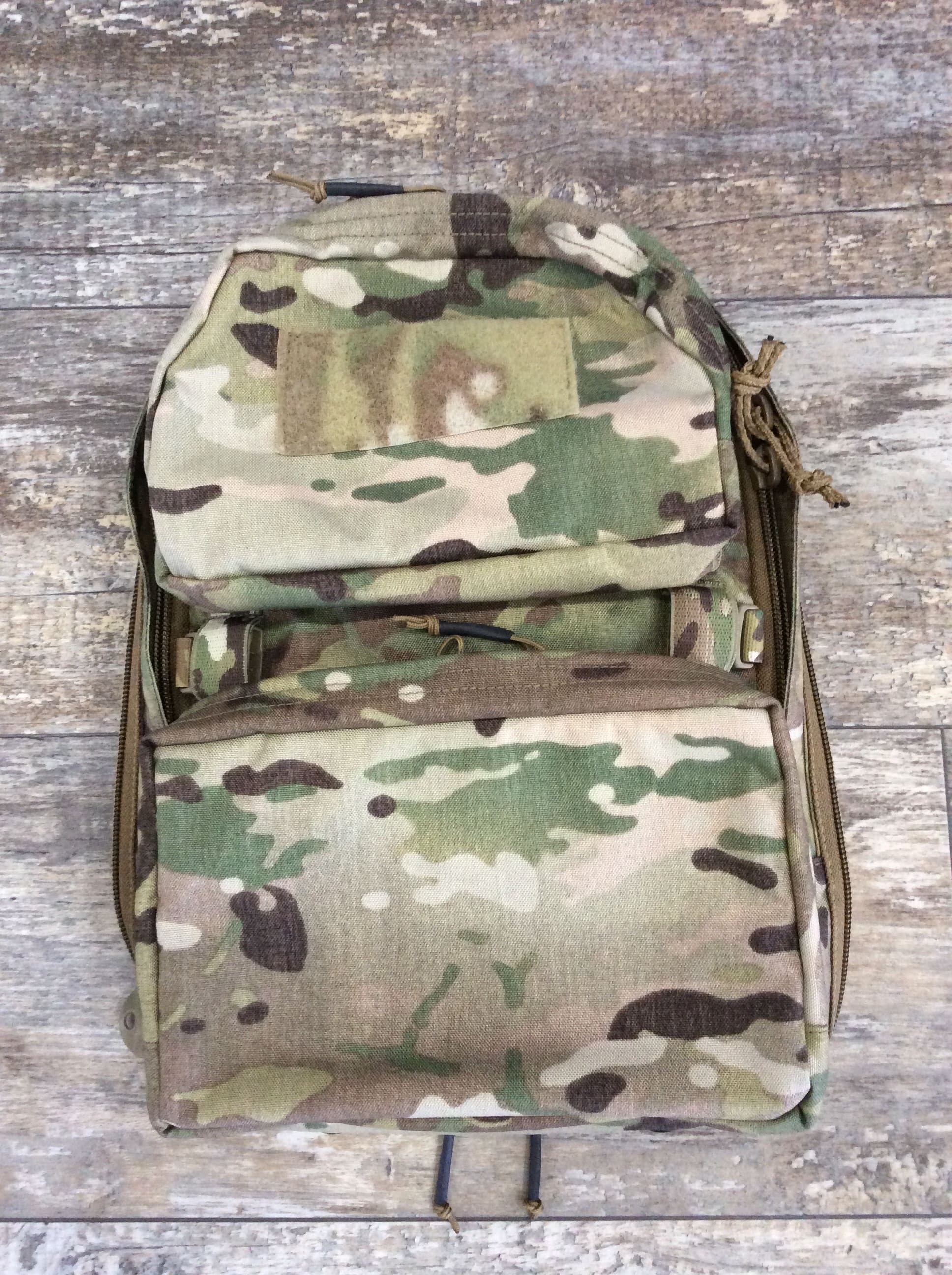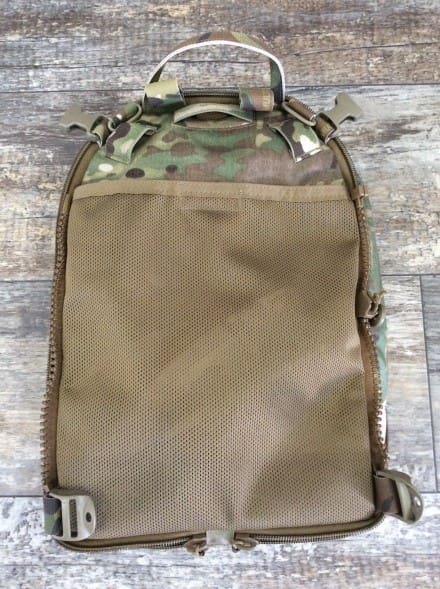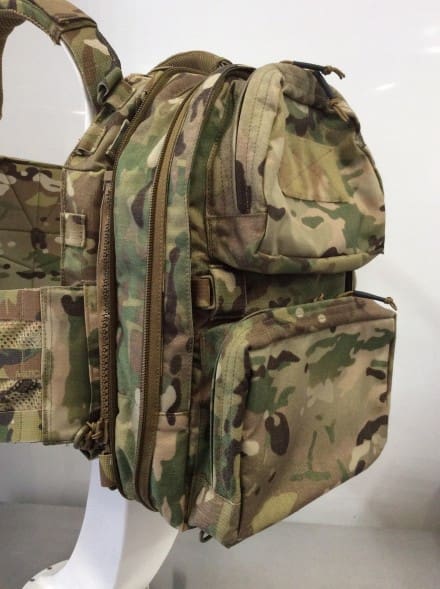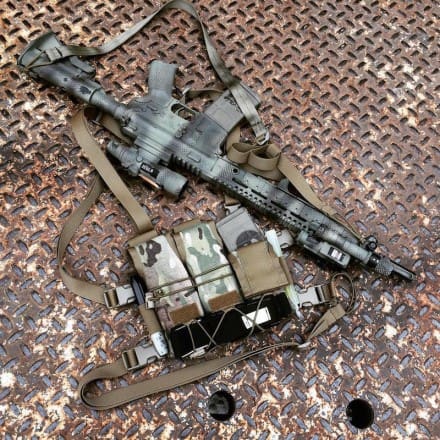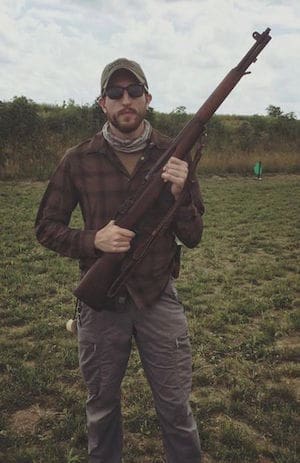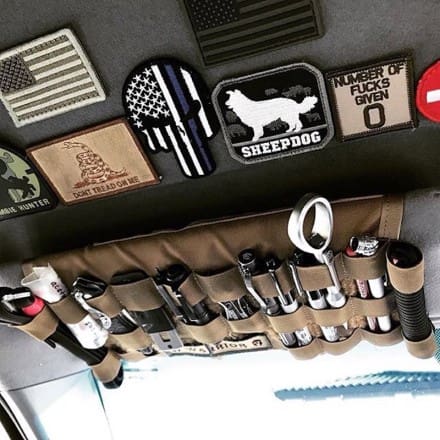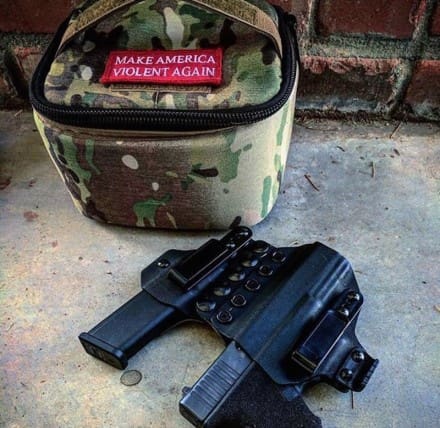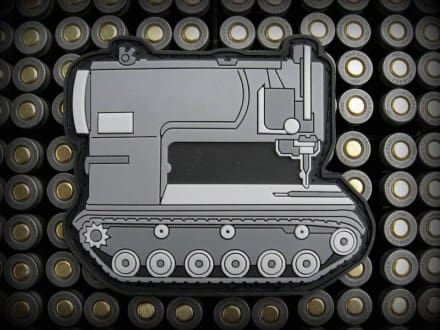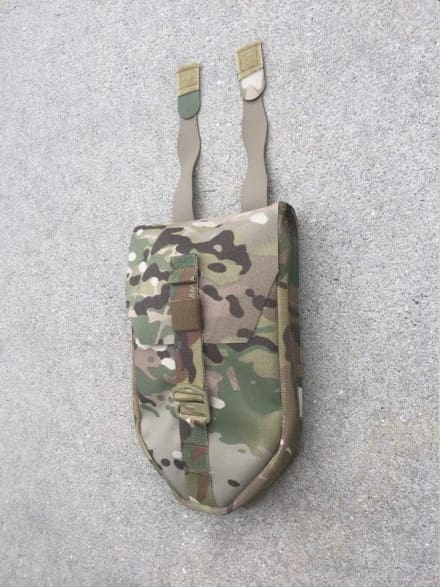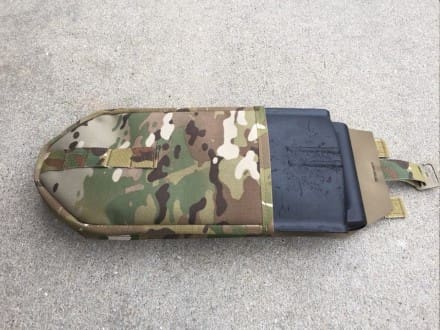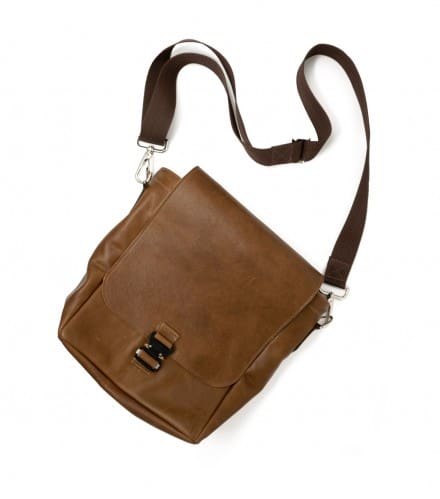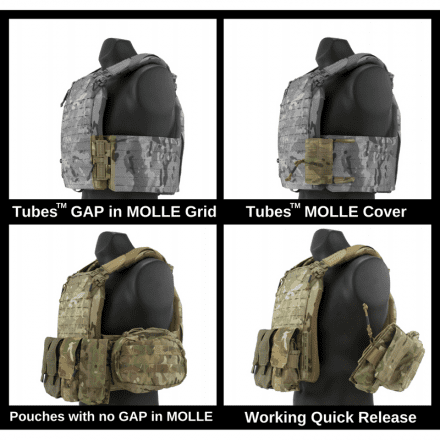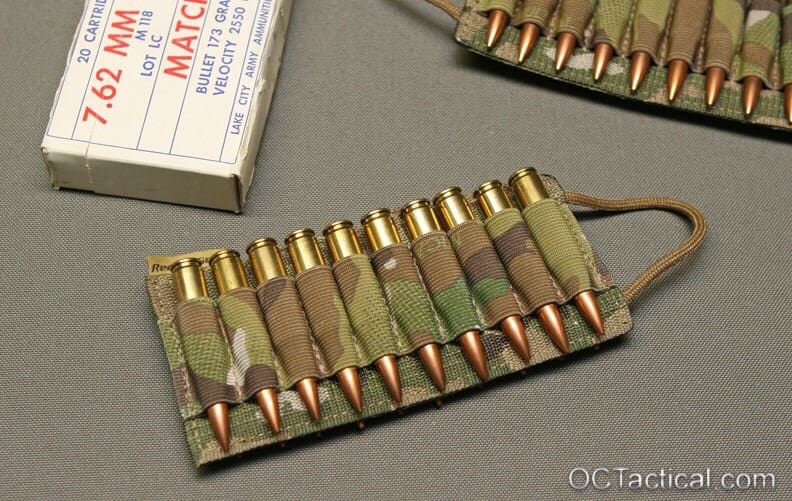Raine is developing a cummerbund that integrates everything we have accomplished with the Bridger™ Cover from our Kickstarter.
We are currently looking for companies that would be interested in partnering with Raine to integrate our Patent Pending Bridger™ designs into their product lines, and have us sew products at Raine’s factory.
Come see the Bridger™ Cummerbund at Shot Show (Booth # 20132 and Booth #S1440).
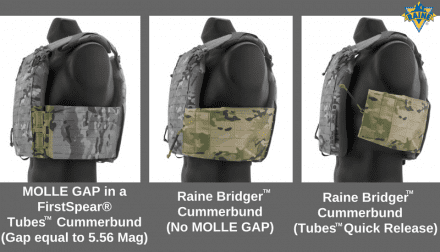
 The Raine Bridger™ Cummerbund gives you back the MOLLE real-estate lost from using FirstSpear® Tubes™ quick release hardware on a plate carrier and body armor vest.
The Raine Bridger™ Cummerbund gives you back the MOLLE real-estate lost from using FirstSpear® Tubes™ quick release hardware on a plate carrier and body armor vest.
The Raine Bridger™ Cummerbund is compatible with all FirstSpear® platforms, does not interfere with the Tubes™ quick release function, and securely attaches to FirstSpear® Vests and Plate Carriers.
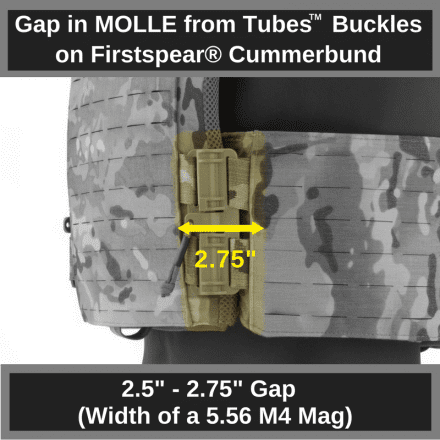 Bridger™ Cummerbund Features:
Bridger™ Cummerbund Features:
Adds back the MOLLE real-estate lost from using FirstSpear® Tubes™ (Bridges the Gap)
Increased body armor coverage
Covers and protects FirstSpear® Tubes™ hardware
Increases service life of Tubes™ hardware
Increased protection from accidental quick release opening of Tubes™ hardware
Built-in Female Tubes™ Buckle
Extended Quick Release Pull Cord for ease of donning and doffing with mounted dual stacked ammo and Radio pouches
LIFETIME WARRANTY
Made in the USA
Patent Pending
SHOT Show
Come see samples at SHOT Show, we have two booth locations.
Schedule:
Shot Show Main Floor, Booth # 20132 (Tues – Fri)
Shot Show Supplier Show Case, Booth # S1440 (Mon – Tues)
Email us at shotshow@raineinc.com to schedule a meeting.
The Bridger™ Cover that attaches to Firstspear® Tubes™ cummerbunds is available at our Kickstarter campaign page. Early Bird Bridger™ Covers are estimated to ship in April 2018.
www.kickstarter.com/projects/256206016/molle-cover-for-tubestm-cummerbunds-plate-carriers
Message Raine Inc. through Kickstarter and mention Soldier Systems and we will include a moral patch with your Bridger™ Cover.
Special thanks to Hank, the Soldier Systems community, and Eric for all your support in the product naming contest and backing the Kickstarter. Thank you everyone!
Disclaimer:
The Strandhögg plate carrier pictured in this post is made by Firstspear, LLC and the Bridger™ Cummerbund is made by Raine, Inc with Tubes™. FirstSpear®, Tubes™, 6/12™ and 6/9™ are trademarks of FirstSpear, LLC. Products shown with these trademarks are built with FirstSpear Technology™.


